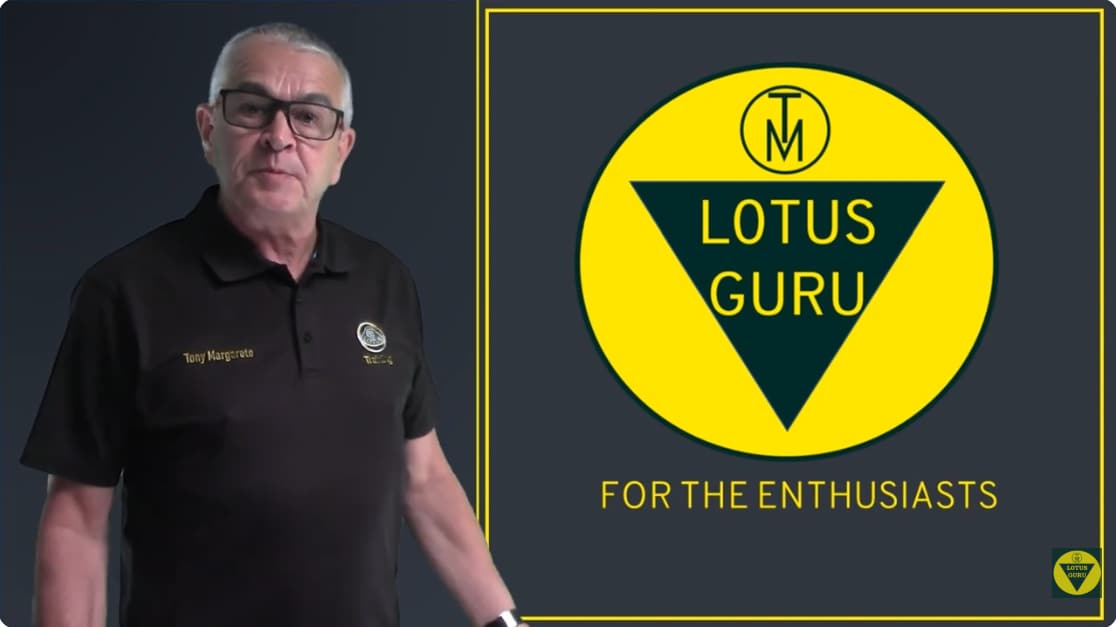
This video, "Part 5. Last in the sectional look at the Evora" by Lotus Car Guru, provides a detailed examination of the front section of the Lotus Evora.
Here's a breakdown of the key areas discussed:
Windscreen and A-Pillar Covers: The video covers the laminated windscreen, potential issues with the seal causing water ingress, the cost of replacement, and common problems with the plastic A-pillar covers, especially in hot climates, and their carbon fiber alternatives.
Wiper Motor: The location, types, and replacement process for the wiper motor are discussed, noting that it requires removing the front clam.
Front Subframe: The subframe, made of aluminum panels and extrusions, acts as the crash structure and mounting point for the front suspension. The video highlights that unlike other Lotus models, suspension mount damage doesn't necessitate replacing the entire tub. It also mentions "lateral displacement bracket assemblies" found on US 400 series cars, which were solely for federal crash tests.
Steering Rack: The Evora uses a hydraulically assisted Honda steering rack, chosen by Lotus for its superior feel and feedback compared to electrically assisted racks.
Suspension and Brakes: The video touches on the options for dampers and springs, the construction of wishbones, and changes made to them, including stiffer bushes and altered ball joint position for increased caster angle. Brakes are AP Racing, similar to the rear but with larger diameter pistons.
HVAC Unit: This section details the components of the heating, ventilation, and air conditioning system, including the air distribution unit, HVAC module, and replaceable parts like the TVX valve and fan speed control resistor module ("hedgehog"). The video also notes the difference in replacement labor time for the "hedgehog" between left-hand and right-hand drive cars.
Pollen Filter: The Evora is the only Lotus with a replaceable pollen filter, which is easy to change.
AC Gas Types: The video explains the two types of AC gas used in Evoras (R134a and R1234yf), identifiable by the color of the charge port caps.
Cooling Package: This includes the power steering cooling pipe, AC condenser, charge cooler radiator (supercharged cars only), main coolant radiator, and two cooling fans. Issues with the electronic fan control module on 400 series cars are discussed.
Oil Cooling: The video traces the evolution of oil cooling in different Evora models, from no oil coolers in early naturally aspirated cars to the introduction of two oil coolers in the Evora S, and later, rationalized single larger coolers for engine and transmission in IPS models. The 400 series cars adopted a liquid-to-liquid system for engine oil cooling.
Headlamps: The headlamps are large units containing LED and xenon light sources. Serviceable items are limited to the d1s bony unit, voltage ballast unit, and high-tension cable; LEDs are not replaceable. The video also mentions a common issue with lens coating peeling and the legal requirement for a wash system with bi-xenon headlamps.
Source: https://www.youtube.com/watch?v=fqBQkMHgss4
Source: https://www.youtube.com/watch?v=fqBQkMHgss4